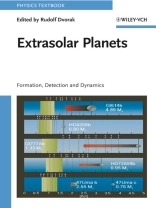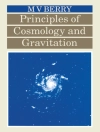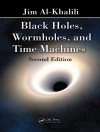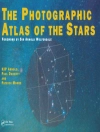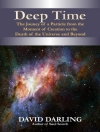This latest, up-to-date resource for research on extrasolar planets covers formation, dynamics, atmospheres and detection. After a look at the formation of giant planets, the book goes on to discuss the formation and dynamics of planets in resonances, planets in double stars, atmospheres and habitable zones, detection via spectra and transits, and the history and prospects of ESPs as well as satellite projects.
Edited by a renowned expert in solar system dynamics with chapters written by the leading experts in the method described — from the US and Europe — this is an ideal textbook for graduates, students in astronomy, and astronomers.
Inhoudsopgave
Planetary Masses and Orbital Parameters from Radial Velocity Measurements
Terrestrial Planets in Extrasolar Planetary Systems
Mission Requirements: How to Search for Extrasolar Planets
Biomarkers Set in Context
The Formation of Resonant Planetary Systems
Impact of Stellar Activity on the Evolution of Planetary Atmospheres and Habitability
Dynamics of the Extrasolar Planetary Systems
Planets in Double Stars
The Transit Method
US Programs and Space Missions for Extrasolar Planet Research
Habitable Zones in Extrasolar Planetary Systems
Over de auteur
Rudolf Dvorak, now serving at the Institute of Astronomy in Vienna, has gained research experience in planet research at international institutions including the Bureau des Longitudes in Paris. Some 100 publications provide ample proof. His connections allowed him to assemble the team of leading authors to cover all aspects of the detection of distant worlds.
